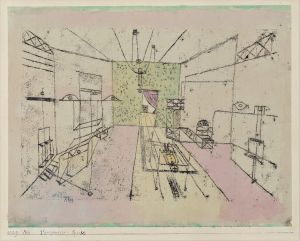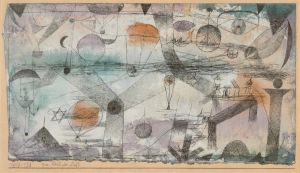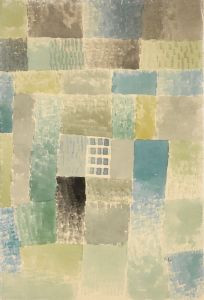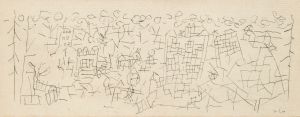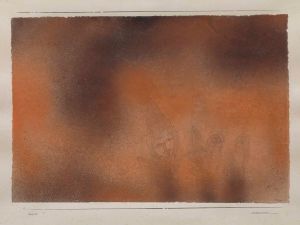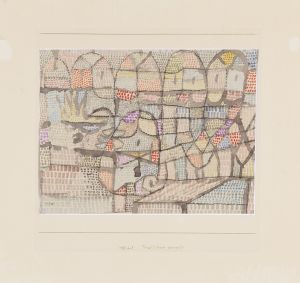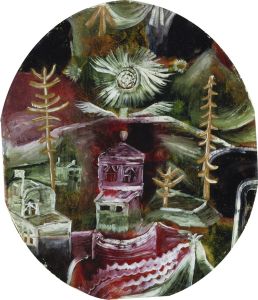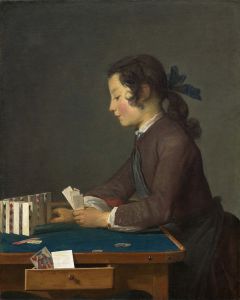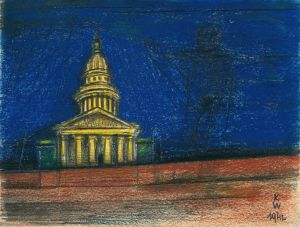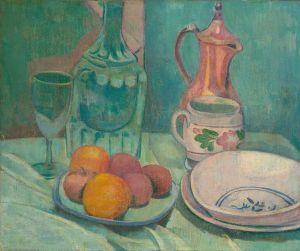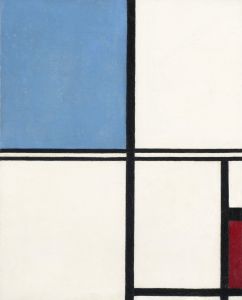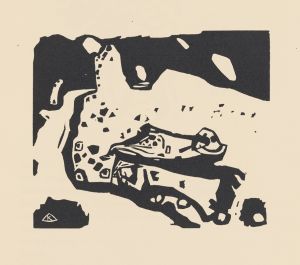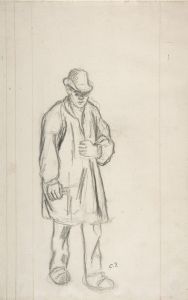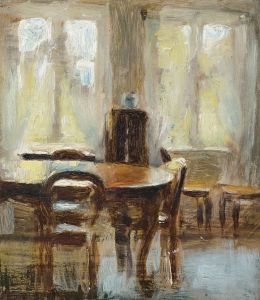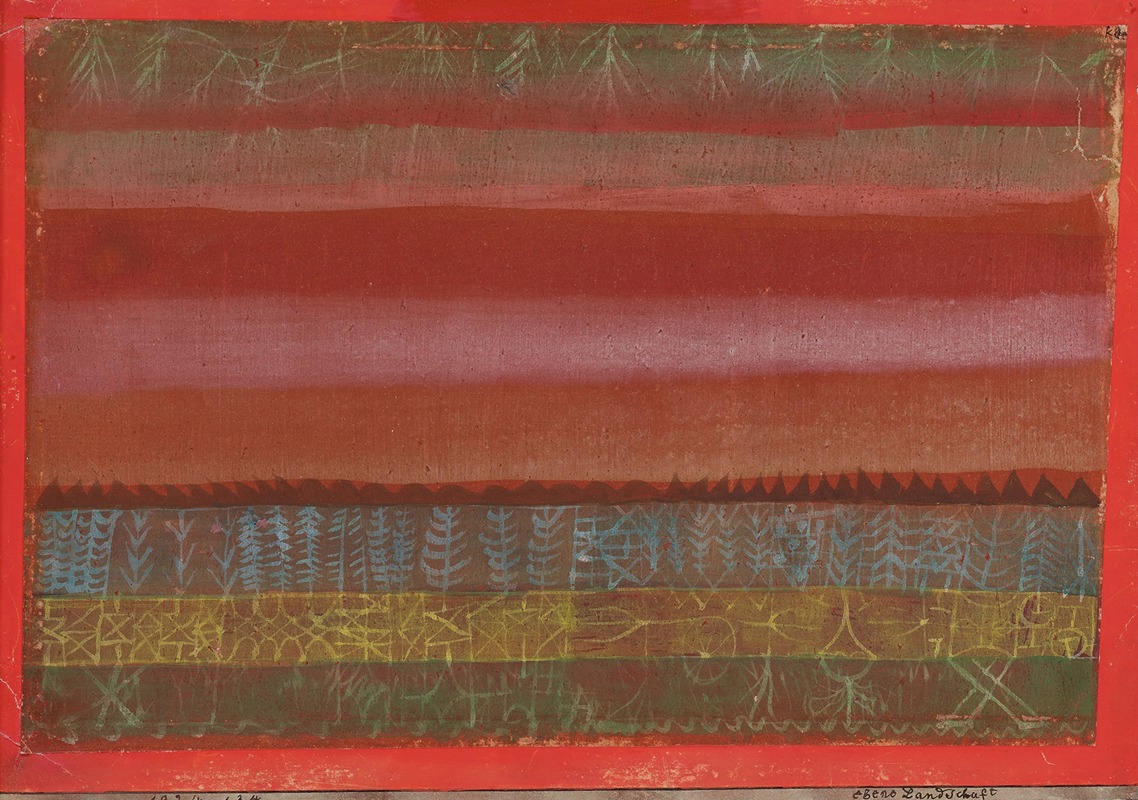
Ebene Landschaft
A hand-painted replica of Paul Klee’s masterpiece Ebene Landschaft, meticulously crafted by professional artists to capture the true essence of the original. Each piece is created with museum-quality canvas and rare mineral pigments, carefully painted by experienced artists with delicate brushstrokes and rich, layered colors to perfectly recreate the texture of the original artwork. Unlike machine-printed reproductions, this hand-painted version brings the painting to life, infused with the artist’s emotions and skill in every stroke. Whether for personal collection or home decoration, it instantly elevates the artistic atmosphere of any space.
Paul Klee's Ebene Landschaft (translated as "Flat Landscape") is a painting created by the Swiss-born German artist, who is widely regarded as one of the most influential figures in modern art. Klee, known for his highly individual style, often combined elements of abstraction, expressionism, and surrealism in his works. Ebene Landschaft is one of the many pieces that reflect his deep interest in exploring the relationship between color, form, and emotion.
The painting was completed in 1923, a period during which Klee was teaching at the Bauhaus, the renowned German school of art, design, and architecture. This era marked a significant phase in Klee's artistic development, as he delved into theories of color and composition, which he also taught to his students. His works from this time often exhibit a balance between structure and spontaneity, reflecting his intellectual approach to art-making.
Ebene Landschaft is characterized by its geometric abstraction and subtle use of color. The composition features a series of horizontal bands and shapes that evoke the idea of a flat, expansive landscape. Klee's use of muted tones and carefully arranged forms creates a sense of harmony and tranquility, while also inviting viewers to interpret the scene in their own way. The painting exemplifies Klee's ability to distill complex ideas into simple yet evocative visual forms.
As with many of Klee's works, Ebene Landschaft demonstrates his interest in synthesizing natural and abstract elements. Rather than depicting a realistic landscape, Klee abstracts the essence of a flat terrain, reducing it to its fundamental visual components. This approach aligns with his broader artistic philosophy, which sought to reveal the underlying structures of the visible world.
The painting is currently housed in the collection of the Kunstmuseum Basel in Switzerland, which holds one of the most comprehensive collections of Klee's works. The museum's extensive holdings reflect Klee's enduring legacy and his importance in the history of modern art.
Ebene Landschaft continues to be celebrated as an example of Klee's innovative approach to art and his ability to transcend traditional boundaries of representation. It remains a testament to his unique vision and his contributions to the development of abstract art in the 20th century.





